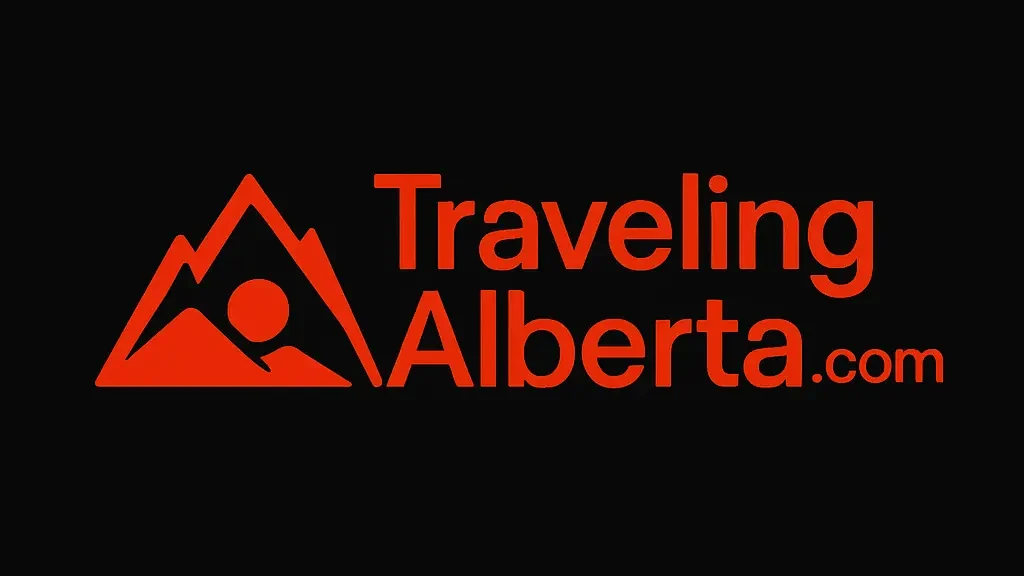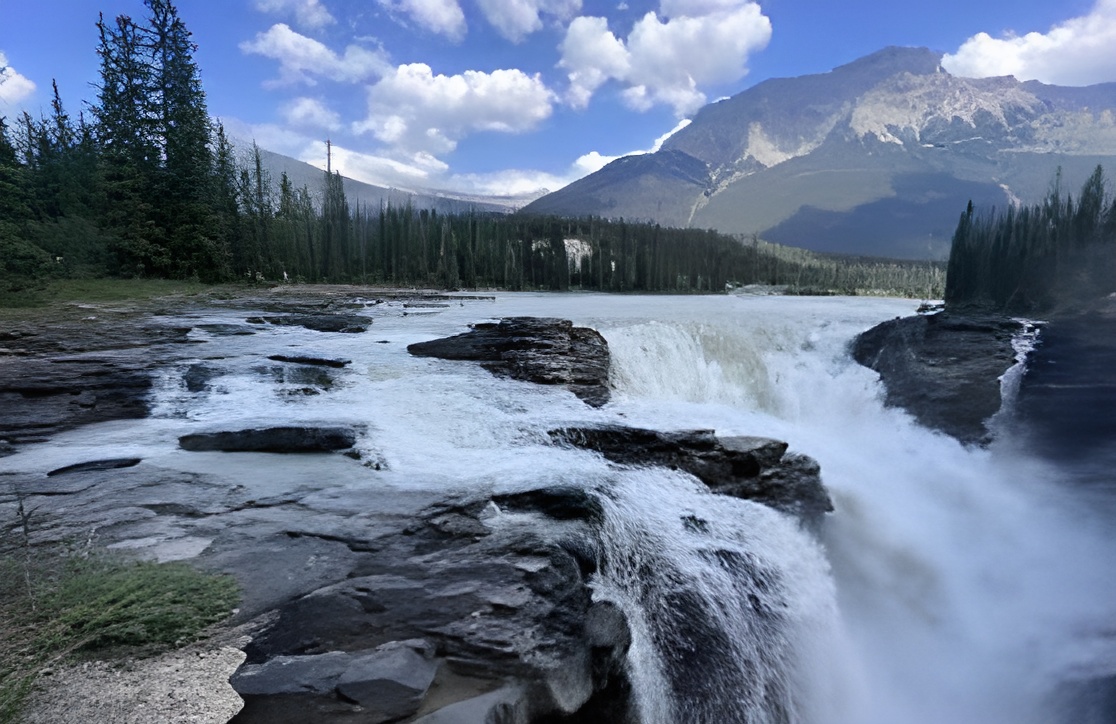Tucked in the heart of Jasper National Park, Athabasca Falls is one of Canada’s most stunning and accessible natural attractions. Known for its impressive force rather than its height, this waterfall combines breathtaking beauty with geological significance. Unlike other waterfalls that dry up during summer, Athabasca Falls remains strong throughout the year because it’s glacier-fed — fueled by the mighty Athabasca River flowing from the Columbia Icefield.
What makes this destination especially captivating is how easily it can be reached. Just a short drive from Jasper town and only steps from the parking lot, the falls offer exceptional views without the need for strenuous hiking. Visitors can expect roaring waters, misty spray, and a dramatic limestone canyon carved by thousands of years of erosion.
Whether you’re a photographer, nature lover, family traveler, or road-tripper, Athabasca Falls provides an unforgettable Rocky Mountain experience. It’s a place where nature’s raw energy is on full display — safe, accessible, and completely free to explore.
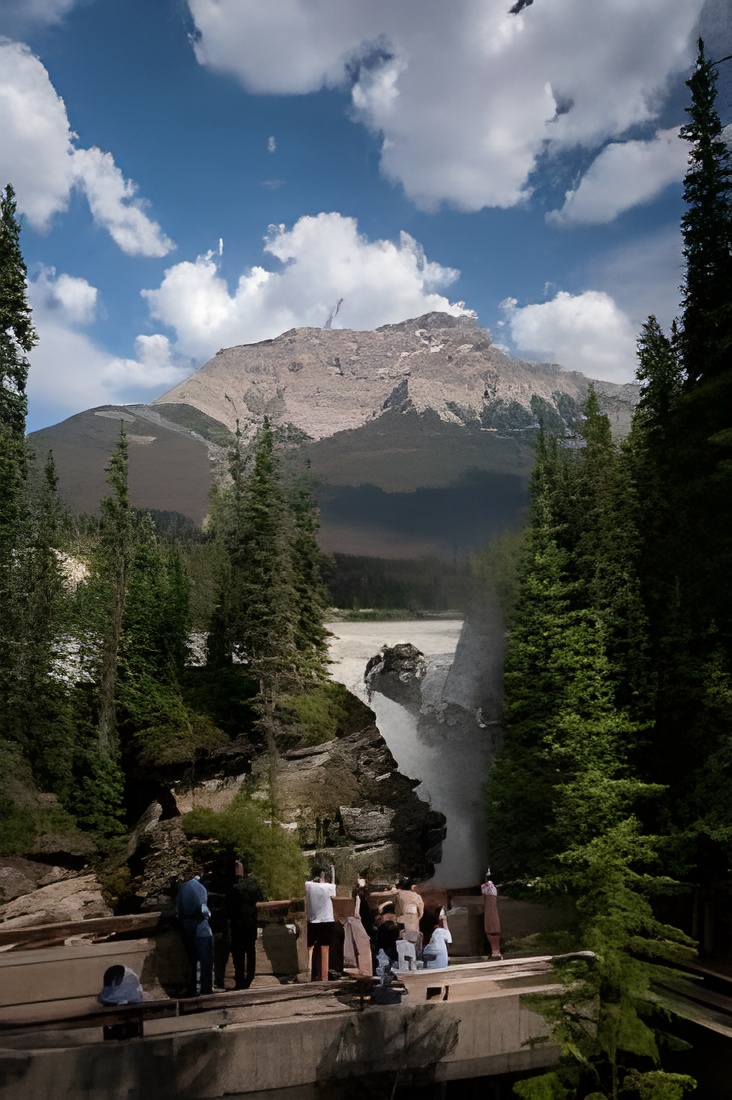
Why Athabasca Falls is Unique
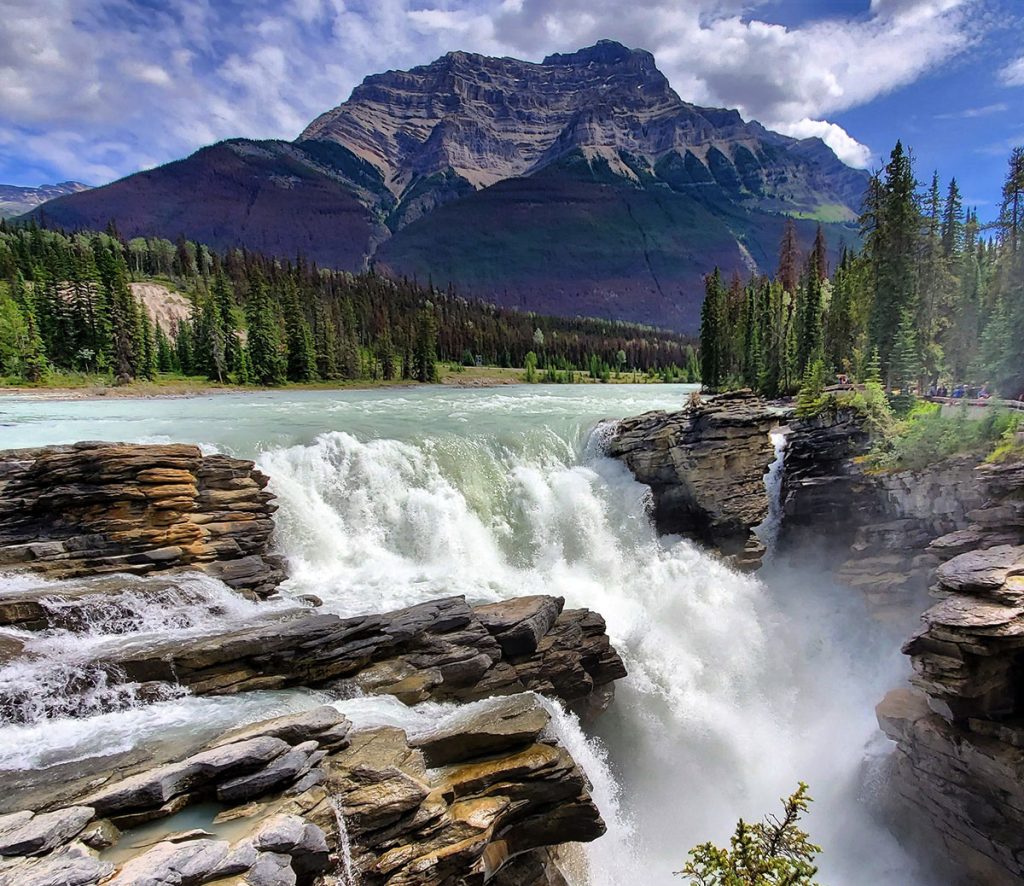
Athabasca Falls stands out among waterfalls in the Canadian Rockies because of its powerful flow, scenic setting, and geological features. At approximately 23 meters (75 feet) high and 18 meters (60 feet) wide, it may not be the tallest, but it is certainly one of the most forceful. The immense pressure from the glacier-fed river means that even in the driest seasons, the water still roars with energy, creating a thunderous echo through the forest.
What adds to its uniqueness is the canyon below the falls. Over centuries, the water has cut through the soft limestone rock, forming deep grooves, tunnels, and potholes. Walkways and viewing platforms allow visitors to admire these features safely, giving a clear view of nature’s power to sculpt stone. Each corner of the site reveals a new perspective — from fast-moving rapids and misty cliffside views to quiet pools further downstream.
Combined with its easy accessibility, Athabasca Falls becomes an ideal stop for anyone visiting Jasper National Park, especially along the world-famous Icefields Parkway.
How to Get to Athabasca Falls
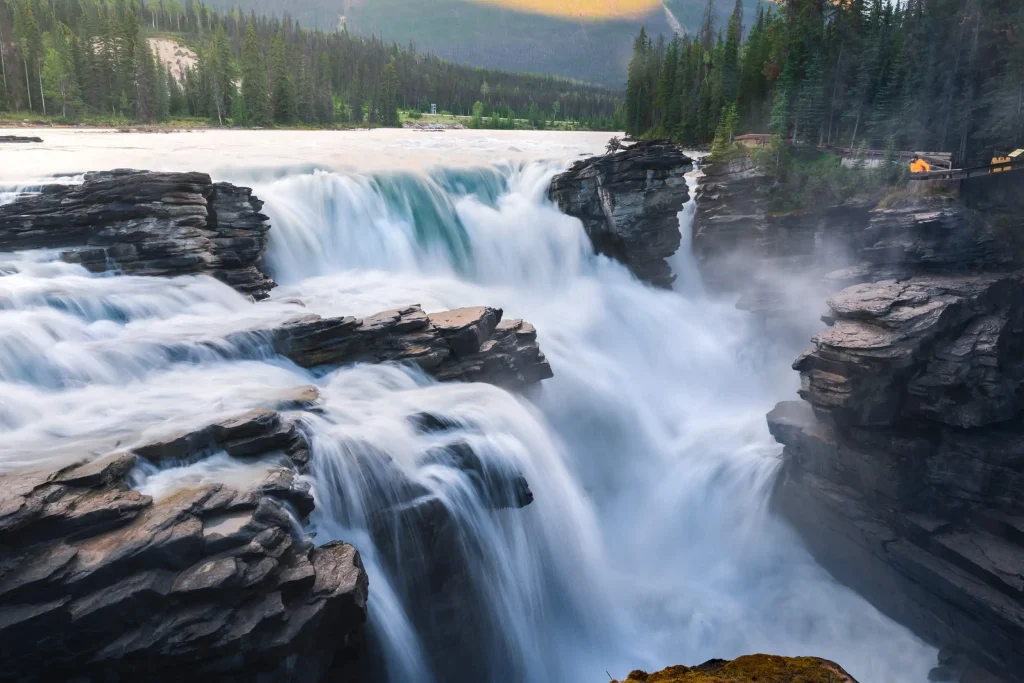
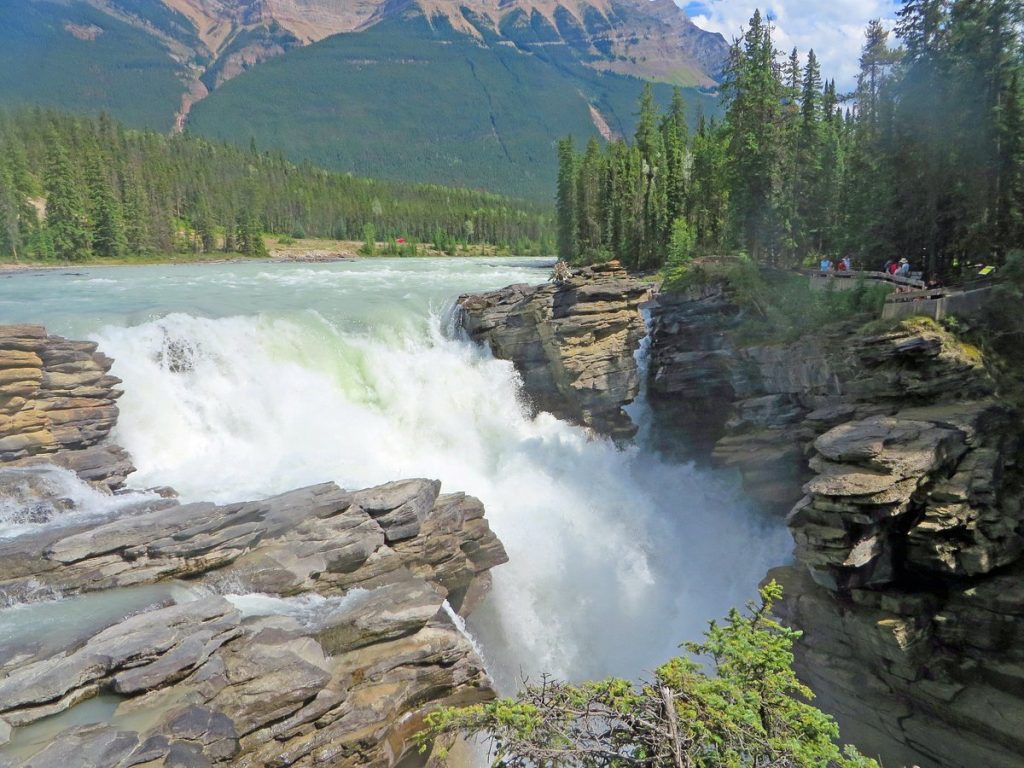
Reaching Athabasca Falls is straightforward, making it one of the most visited sites in Jasper. It’s located about 30 kilometers (18 miles) south of Jasper on Highway 93A, a short detour from the Icefields Parkway (Highway 93). This scenic drive is a highlight on its own, offering stunning mountain views, wildlife sightings, and access to other must-see spots like Sunwapta Falls and the Columbia Icefield.
Directions from Jasper:
- Head south on Highway 93 (Icefields Parkway).
- After around 25 km, take the signed turnoff to Highway 93A.
- Follow the signs for Athabasca Falls — the road leads directly to the parking area.
The parking lot is free, spacious, and equipped with restrooms and picnic tables. There are also bear-safe bins, and it’s common to spot squirrels or birds near the site.
If you don’t have a car, guided tours from Jasper often include Athabasca Falls as part of day trips to nearby attractions. It’s easily accessible even for those with limited mobility, as the walkways near the main viewpoint are flat and paved.
When is the Best Time to Visit Athabasca Falls?
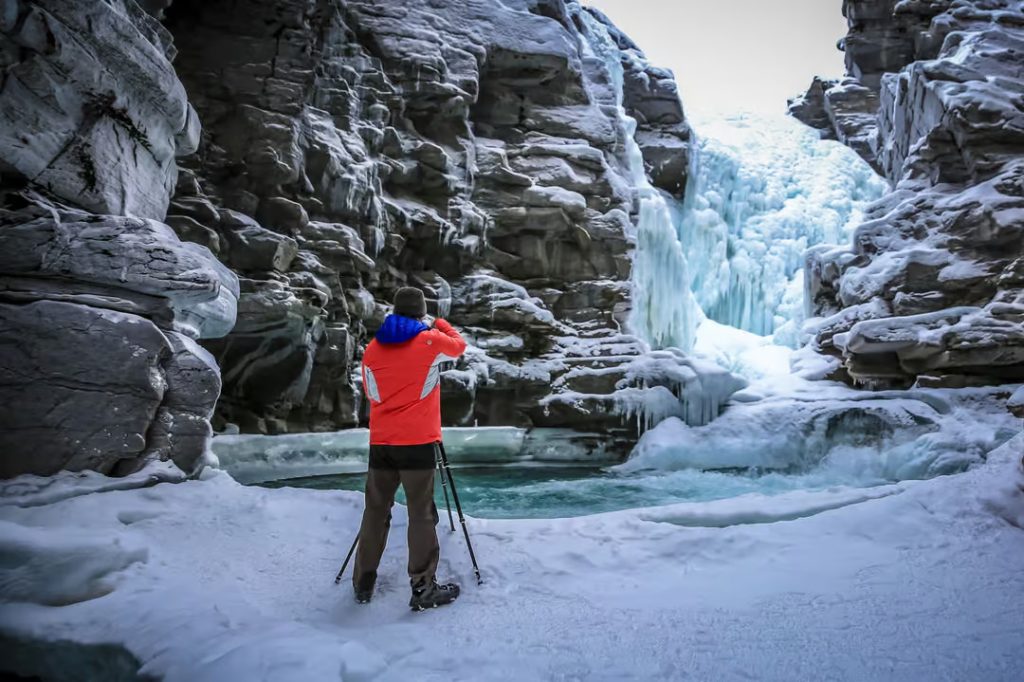
Athabasca Falls is open year-round, and each season offers something unique. Knowing what to expect during different times of year will help you plan the best visit.
- Spring (April–May):
Spring is when the snow begins to melt and the river swells. This is a great time to see the falls at their most powerful, with rushing water and roaring sound. It’s less crowded than summer, but be prepared for muddy or slippery trails. - Summer (June–August):
This is the most popular time. The weather is warm, the trails are dry, and the site is fully open. Water volume is still strong thanks to melting glaciers. However, it can be busy, especially mid-day. Visit early morning or evening for fewer crowds and better lighting. - Fall (September–October):
Fall brings golden colors to the trees surrounding the falls. The crowds thin out, and the cool air adds to the crisp, alpine feel. This is an ideal time for photographers looking to capture colorful landscapes and moody skies. - Winter (November–March):
Though less visited, winter offers a magical experience. The falls often freeze into spectacular ice formations, creating a unique and quiet beauty. Some paths may be icy — wear boots with traction or bring cleats. The area is serene, and the frozen spray clings to rocks and trees like glass.
No matter when you visit, check weather conditions and trail updates ahead of time. Sudden weather changes are common in the mountains.
What to Expect When You Arrive
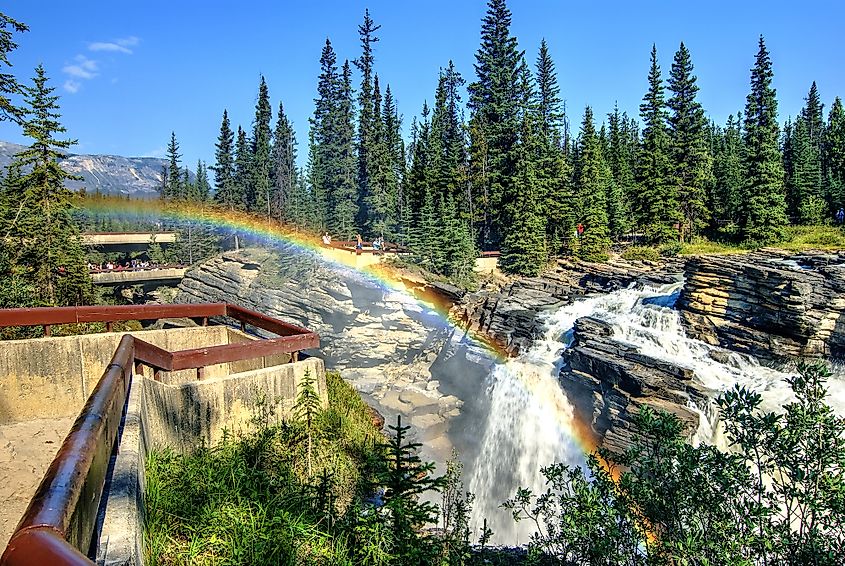
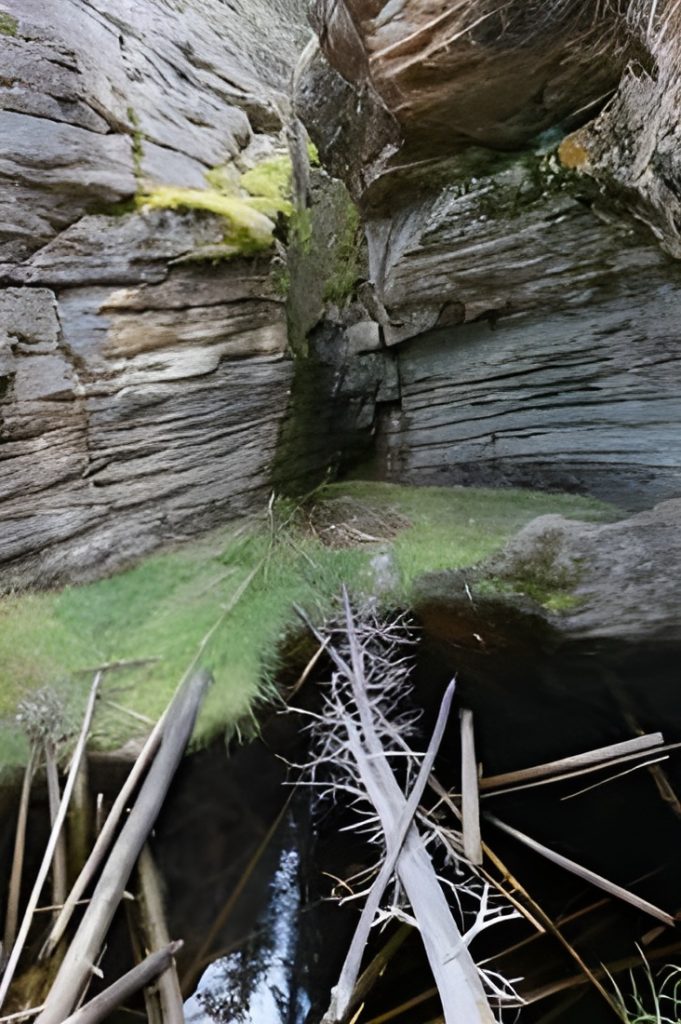
Once you arrive, you’ll hear the falls before you see them. The trail network is short but impressive, leading you past several lookouts, bridges, and canyons. You can explore it all in 30 to 45 minutes, but many visitors spend longer taking photos or simply enjoying the view.
Key Highlights:
- Main Viewing Deck: Offers a powerful, front-facing view of the falls.
- Bridge Over the Gorge: Provides a panoramic view of the river and canyon below.
- Narrow Canyon Trail: Follow the water downstream through carved rock formations and steep limestone walls.
- Interpretive Signs: Learn about glacial geology, First Nations history, and the Athabasca River system.
The paths are mostly flat, with handrails at major viewing points, making the site accessible for families with children or older visitors. However, stay on marked trails — slippery rocks near the edge can be dangerous.
The spray from the falls can soak you, especially in spring and early summer, so bring a waterproof jacket or wear quick-dry clothing. You may also want to protect your camera gear or phone with a waterproof case.
Tips for Visiting Athabasca Falls
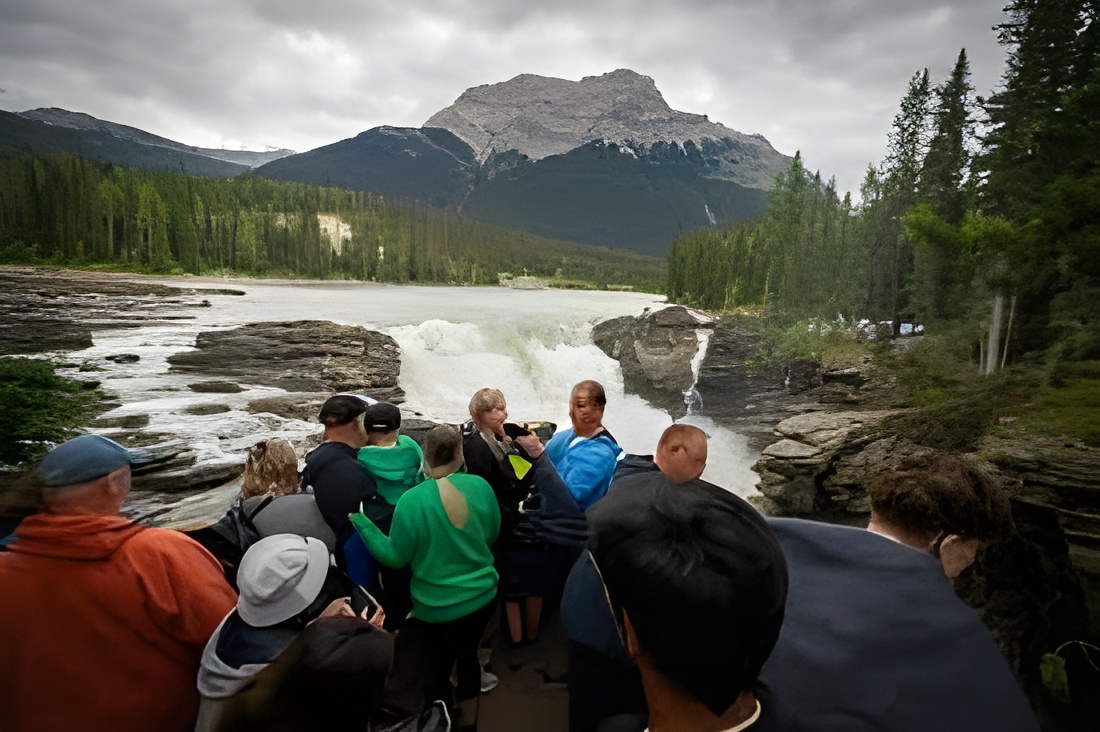
Here are some tips to help you make the most of your trip:
- Arrive Early: Mornings offer soft lighting for photography and fewer crowds. Summer afternoons can be quite busy.
- Pack Smart: Bring water, a rain jacket, camera, and non-slip footwear. The paths are short but wet areas can be slippery.
- Watch for Wildlife: You may see elk, deer, or even bears near the road. Never approach wildlife and keep your distance.
- Combine with Nearby Spots: Athabasca Falls pairs well with a visit to Sunwapta Falls, the Athabasca Glacier, or Jasper SkyTram.
- Respect the Area: Stay on paths, don’t climb fences, and leave no trace. This helps preserve the area and keeps it safe for everyone.
If you’re a photographer, consider coming during golden hour for the best lighting. Long-exposure shots with a tripod create a silky effect on the water and showcase the waterfall’s movement.
Why Athabasca Falls Should Be On Your Jasper Itinerary
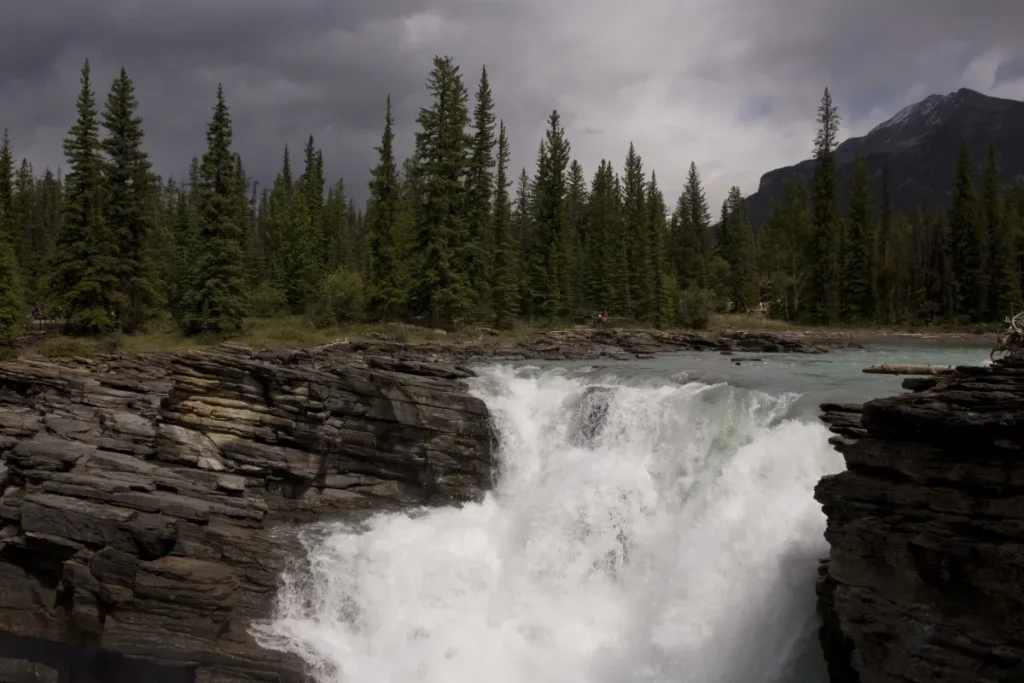
With so much to see in Jasper National Park, you might wonder what makes Athabasca Falls worth the stop. The answer lies in its easy access, dramatic scenery, and raw natural power. Few places allow you to feel so close to nature’s strength without requiring hours of hiking or a guided tour.
It’s a perfect stop for any itinerary, whether you’re on a day trip, a multi-day Rockies road trip, or just looking for a quick outdoor escape. Its accessibility means that everyone can enjoy it, from families with toddlers to senior travelers and serious photographers.
More than just a pretty waterfall, Athabasca Falls is a powerful reminder of how water shapes the earth — carving rock, feeding forests, and filling valleys. It’s one of the few places where you can safely observe that process in action.
Conclusion: Experience the Power and Beauty of Athabasca Falls
From the roar of the water to the mist on your skin and the views into the ancient canyon, Athabasca Falls is a destination that engages all your senses. It’s not only one of the most photographed spots in Jasper — it’s also one of the most educational, accessible, and unforgettable.
Whether you visit in the summer sunshine or during a peaceful winter freeze, the falls promise an experience that stays with you. Add it to your Jasper National Park itinerary — even a quick stop will leave you in awe of the power of Canada’s wild landscapes.
